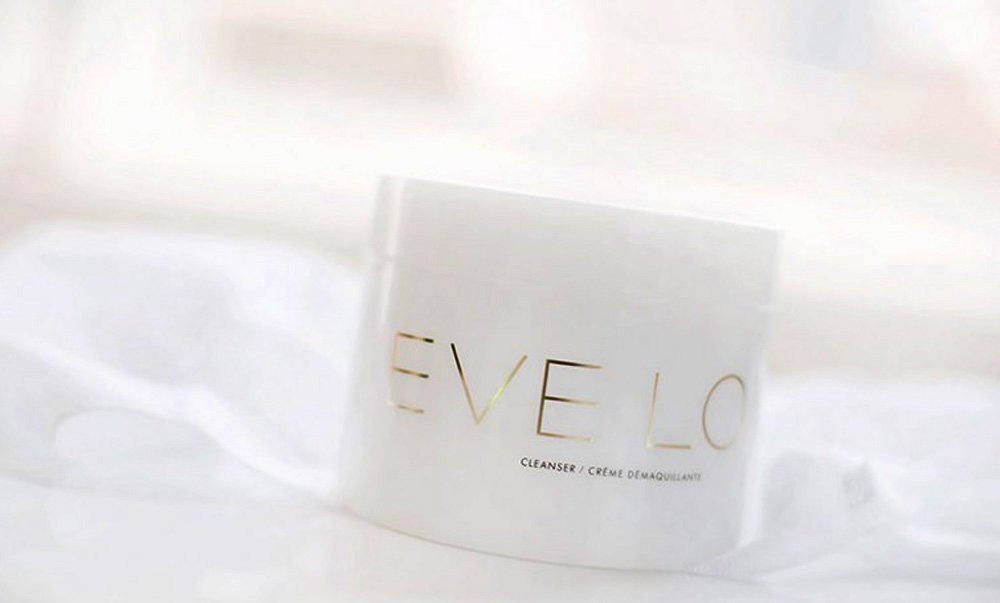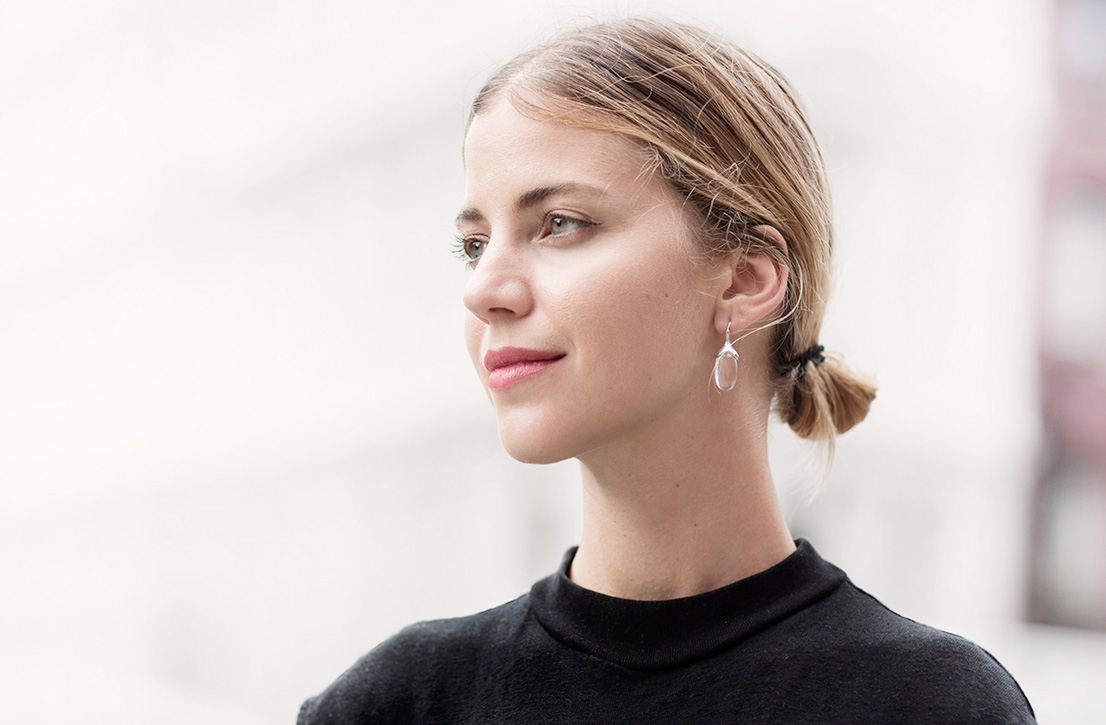A tempestuous relationship with our skin is a matter of life. Whether relegated to our teens or a lifelong struggle, it’s something we all tackle at some point or another. The only thing that makes a breakout that tiny bit annoying is the knowledge that we’re not alone. Slightly mean, I know, but it’s true right? It’s like nature’s very own way of bringing everyone down to a level playing field. I’ve lost count of the number of times I’ve bonded with strangers at dinner parties or women on the counters in Space NK about a mutual appreciation of some cure-all potion. Point is, there’s something strangely comforting about it all.
For all of the fancy terminology and categorization out there, our skin isn’t as different as you’d think. You see, the beauty world has long perpetuated a serious communication problem. Namely the use of the term, ‘combination’ when it comes to categorizing our skin types. What does that even mean? Oh, so you’re dry in some areas and have an oily T-zone, and sometimes that changes. Who bloody doesn’t? My skin can go from dry as a bone to producing oil levels that render blotting paper entirely useless all within the space of a few hours. I’m a firm believer that we should banish the term from the beauty vernacular together. And I’m not alone.
“’What is my skin type’ is the first thing new clients ask me,” says Tarryn Warren, head dermal therapist at Fitzrovia-based skincare clinic, Pfeffer Sal. “All of them would probably be defined as having elements of each of the traditional skin types.” Surely if we all have combination skin, the term means absolutely nothing, I ask. “It’s completely misleading,” Caudalie skincare training manager, Tracy Brasenell explains. “Our skin changes on a daily basis due to environmental, hormonal and external aggressors. Over the years people have used the term ‘combination’ to describe it simply because they don’t know what else to call it. No one has the same skin on across their face and the rigid nature of existing categories is stopping people from truly understanding the needs of their skin.”
It all makes sense. Just think of how our skin changes according to where we are in our cycle. The week before our periods, our skin becomes oilier as our oil glands swell. The level of propioni bacteria our skin spikes during this time, entering the pores causing blemishes. “It’s during this stage in the cycle that I’d perform a Protect, Prevent and Perfect Facial, which is a light peel that introduces vitamin A, copper amino isolate into the skin to reduce oil productions,” Tarryn explains. For follow up, she recommends her patients to apply a clay mask on the t-zone, to reduce the oilier products in their routine and to apply a purifying cleanser up to five days before their periods start.
[show_shopthepost_widget id=”1328928″]
Both recommend taking a targeted approach to correct the wavering state in which you might find your face. It’s something the Korean’s have mastered down to a fine art. While you may think there 10-step process is somewhat excessive, it all boils down to listening to your skin’s needs – not just what the label says – and using a range of products that target specific issues. “It’s hugely important,” Terryn tells me. “We all have different concerns for different areas of our face, so it’s only right that we treat each area differently and adapt the products we use accordingly, taking seasons and hormonal changes into account too. Treating different areas with the correct treatments will make a huge difference.”
Caudalie has joined us on our tirade with the launch of their new Mask Wardrobe collection. Rather than recommending a mask purely on skin-type, they now offer a collection of four, targeted at different needs that they’re recommending customers to alternate between. Suffering from an oily T-zone? Simple. Apply the purifying mask and watch excess oil disappear. Struggling with dullness everywhere else? Make their Glycolic Peel your friend. “It was all inspired by our Vinotherapie spa treatments and wanting to offer masks that can be used simultaneously to meet the specific needs of each area of the face throughout the year,” Tracy explains. “The benefit of multi-masking is that you can treat different areas with what the skin needs most. A good combination right now, for example, would be to use our Instant Detox Mask on the t-zone to eliminate accumulated toxins and impurities and to tighten the pores; and then the moisturizing mask along the cheeks and eye contours to nourish, soothe and hydrate now the weather is so cold.”
I’ve been multi-masking for a while now and it makes a difference. I suffer from a seriously oily T-zone so I use deep cleaning clay masks like Charlotte Tilbury’s Goddess Skin Clay Mask, the Kora Organics’ Clay Purifying Mask or my fail safe Eve Lom Rescue Mask. My cheeks and chin tend to get dry so I usually turn to Clarins’ HydraQuench Cream Mask for those stubborn areas or Burt’s Bees Intense Hydrating Mask. To top it off, about once a week I give my skin a little TLC with an exfoliating, radiance mask to remove any dead or dull skin and even the overall tone and texture. Peter Thomas Roth’s Pumpkin Enzyme Mask is a favourite and right now I can’t stop using Kiehl’s Turmeric & Cranberry Seed Energizing Radiance Masque too.
Before you get carried away loading on products, the trick is to choose right and streamline. Sure, using multiple products can be effective used correctly, but too much and it’s counterproductive. “The French approach is to be simple,” Tracy adds. “French women take great care in their skincare routines – they see it as an every day essential – but it’s never complicated.”
A few brands have come up with great multi-purpose products that will help you knock a few steps off your list. Estée Lauder, for example, have a Nutritious Radiant Vitality 2-Step Treatment which comes with a detoxifying clay mask to help purify and deep clean congested areas; but also a nutrient infusing gel mask to hydrate and restore drier patches. Clinique recently launched a day and night cream with technology that actively responds to hormone stress signals in the skin to keep it balanced.
What we’ve learned is that it’s not a one-size-fits-all situation, nor is it that difficult to deal with. Remember, we’re all going through the struggle together, one blemish at a time…


